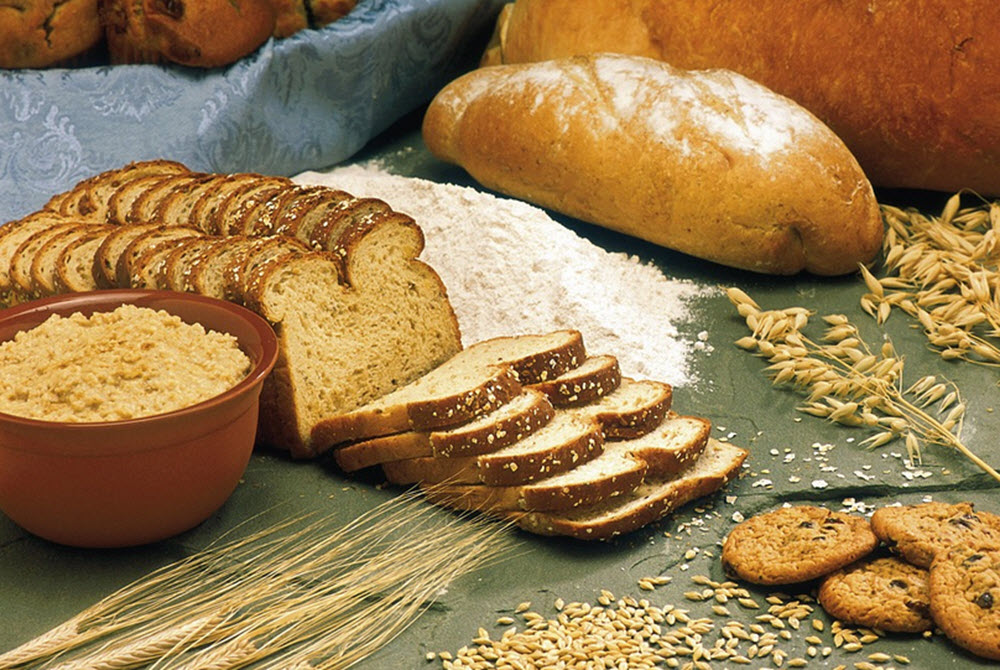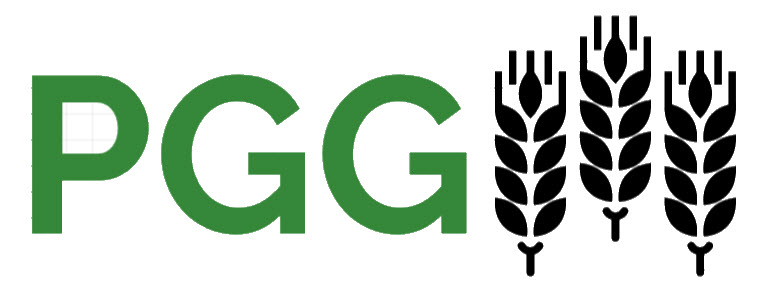Contents
Oat (Avena sativa), also known as the Common oat, is one of the major cereal grains and is grown for both human and animal consumption. In the year 2019, approximately 23 million tonnes of oats were produced globally. The two main producers were Russia and Canada, which each accounts for roughly 20% of the global production. Other major producers are Poland, Finland, Australia and the United Kingdom, with each of them producing in excess of 1 million tonnes in 2019.

Oat farming
Oat is chiefly grown in temperate parts of the world. Compared to wheat, rye and barley, oats have a higher tolerance to rain and a lower summer warmth requirement. Historically, it has been an important crop in parts of Europe that tend to have cool, wet summers.
Oats can be planted in either autumn, spring or late summer and what’s best depends on local conditions. In the colder parts of their range, oats are typically planted in spring (when the soil can be worked again after the winter) and will be ready for harvest in early autumn.
An early start of the growing season is recommended since oats will go dormant if its gets too warm, something which might happen during the height of the summer season even in otherwise cool regions.
Soil
Oats do well on anything from sandy loam to heavy clay soils, as long as there is good drainage.
Compared to most other small-grain cereals, oats can handle acid soils well.
Oats are not suitable for saline soils.
Seeding
On average, 2.75 to 3.25 bushels per acre are sown in oat fields. Both broadcast and drill works well.
Nitrogen
Oats remove substantial amounts of nitrogen from the soil. Without enough nitrogen in the soil, the oats can run into trouble regarding plant height and straw quality and, consequently, yield.
Main oat producers
The five main oat producing countries in the year 2019
- Russia: 4.42 million tonnes
- Canada: 4.24 million tonnes
- Poland: 1.21 million tonnes
- Finland: 1.19 million tonnes
- Australia: 1.13 million tonnes
Data source: United Nations Food and Agriculture Organization, Statistics Division.

About oats
Scientific classification
Kingdom: Plantae
Order: Poales
Family: Poaceae
Subfamily: Pooideae
Genus: Avena
Species: Avena sativa
Background
The wild ancestor of Avena sativa is Avena sterilis, a species native to the Mediterranean Basin and parts of Asia. In English, A. sterilis is known under several different names, including wild red oat and winter wild oat.
Oat use
Oat is grown for both human and animal consumption. Also, oat straw is a popular choice of bedding for horses and cattle since it is soft, absorbent and comparatively dust-free.
Two examples of oat use are steel-cut oats and turning the oats into oat milk.
Steel-cut oats / Pinhead oats / Irish oatmeal / Coarse oatmeal
After the hull has been removed, steel blades are used to cut the remaining inner kernel into two or three pinhead-sized pieces. The resulting product is commonly known as steel-cut oats in the U.S. while the other three terms are more common in British English. ’
Steel-cut oats can be used as they are, or processed further to make small rolled oat flakes.
Steel-cut oats are used to make porridge, oatcakes, smoothies, etc. Making porridge from steel-cut oats will take longer than making porridge from rolled oat flakes, but the actual cooking time can be reduced by pre-soaking the oats.
Oat milk
Oat milk is a beverage made from whole oats and water. It became popular in the early 21st century, as an alternative to other milk-products such as cow milk, goat milk, almond milk and coconut milk. As of late 2020, oat milk was the second-best selling plant milk in the United States, after almond milk.
Pure oat-milk has an oaty flavour. Oat milk flavoured with vanilla, chocolate, strawberry etcetera are commercially available. Sweetened oat milk is also popular.
Examples of products derived from oat-milk are oat-milk yogurt, oat-milk ice-cream and oat-milk coffee creamer.

